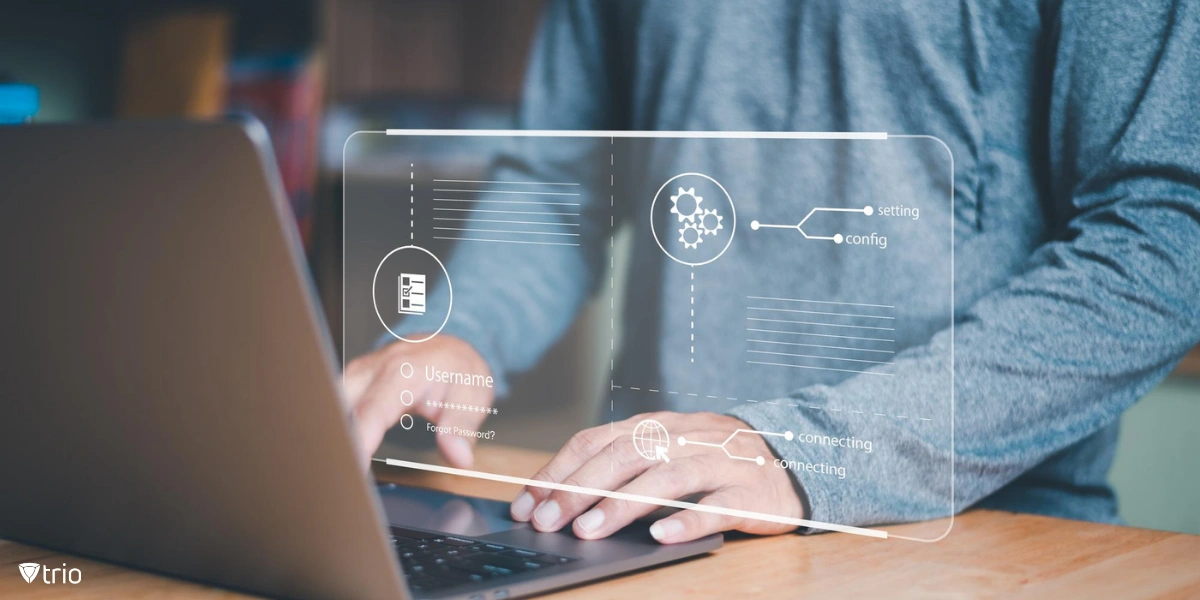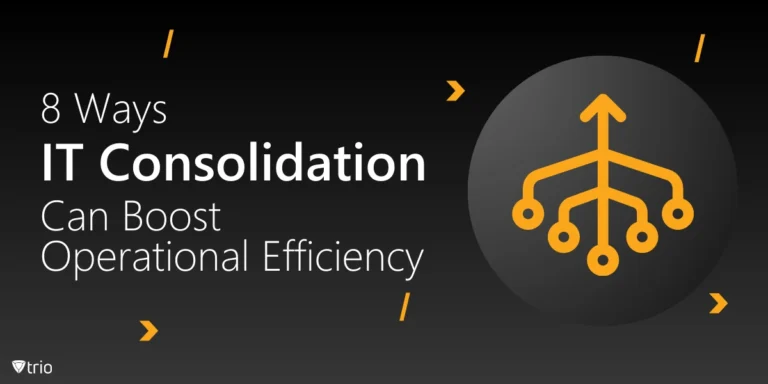Security in businesses is very important, especially when it comes to user identity and data protection. As organizations increasingly rely on cloud services and web applications, the demand for effective authentication and authorization methods has surged. This blog post aims to dissect three major protocols in the realm of identity management: Security Assertion Markup Language (SAML) vs Open Authorization (OAuth) vs OpenID Connect. By examining their characteristics, functionalities, and use cases, IT professionals can make informed decisions about which protocol best suits their needs.
The Basics of Authentication and Authorization
Before diving into the specifics of SAML, OAuth, and OpenID Connect, it’s essential to understand the concepts of authentication and authorization. Authentication refers to the process of verifying a user’s identity, typically through a username and password. Conversely, authorization determines what an authenticated user is allowed to access or do within a system.
Both authentication and authorization are critical for securing web applications and protected resources. Implementing an effective protocol ensures that the right individuals have the appropriate access while protecting sensitive data. This lays the groundwork for the exploration of the three protocols, each serving unique roles in identity management.

SAML: The Foundation of Identity Management
Security Assertion Markup Language (SAML) is an open standard designed for exchanging authentication and authorization data between parties, particularly between an identity provider (IdP) and a service provider (SP). SAML utilizes XML-based assertions to transfer user information securely. When a user attempts to access a web application, the service provider sends an authentication request to the identity provider.
Upon successful authentication, the identity provider generates an assertion, which includes information about the user, such as their identity and attributes. This assertion is sent back to the service provider, which can then grant access based on the information provided. This process allows organizations to implement single sign-on (SSO) capabilities, enabling users to log in once and access multiple applications seamlessly.
Furthermore, SAML authentication is widely recognized as an industry standard for enterprise applications. Many organizations leverage SAML for its robust security features, including support for digital signatures and encryption. These features enhance the security of the assertion markup language and ensure that sensitive information remains protected during transit. Effective SAML configuration can help organizations maximize security and efficiency in user management. Moreover, SAML cyber security measures are critical for safeguarding sensitive information and ensuring compliance with regulations.
OAuth: A Protocol for Delegated Access
While SAML focuses on authentication, OAuth takes a different approach by providing a framework for authorization. The latest version, OAuth 2.0, is a widely adopted protocol that allows third-party applications to gain limited access to a user’s resources without exposing their username and password. This is achieved through the issuance of access tokens, which serve as temporary credentials.
When a user wants to grant a third-party application access to their resources, they initiate an authorization request. The authorization server then authenticates the user and issues an access token to the application. This token can be used to interact with the resource server on behalf of the user, thus delegating access without compromising sensitive credentials.
Moreover, OAuth 2.0 supports various grant types, including authorization code, implicit, and client credentials. Each grant type caters to different scenarios, ensuring flexibility in how applications authenticate users and request access. As organizations move towards more dynamic environments, OAuth’s capabilities for delegated access make it an appealing choice for many developers.
OpenID Connect: The Identity Layer on OAuth
OpenID Connect builds on the foundation laid by OAuth 2.0, adding an identity layer to provide authentication alongside authorization. Essentially, OpenID Connect allows clients to verify the identity of users based on the authentication performed by an authorization server.
When a user authenticates via OpenID Connect, they receive an ID token alongside the access token. This ID token is a JSON Web Token (JWT) that contains user identity information, such as their name and email address. By leveraging OAuth 2.0 for authorization and adding the ID token for authentication, OpenID Connect streamlines the user experience and enhances security.
The use of OpenID Connect enables developers to implement single sign-on (SSO) solutions easily. Users can authenticate once and access multiple applications without repeatedly entering their credentials. This simplifies the login process while maintaining a high level of security, making OpenID Connect a popular choice among modern web applications.

OAuth 2.0 vs OpenID Connect vs SAML: A Comparative Analysis
Understanding the distinctions between SAML, OAuth, and OpenID Connect is crucial for organizations aiming to implement effective identity management solutions. Each protocol plays a unique role in authentication and authorization, catering to different needs and use cases.
SAML vs OAuth
As we delve into the differences between SAML and OAuth, it’s crucial to note their distinct purposes. SAML is primarily concerned with authentication, serving as a bridge between an identity provider and a service provider. In contrast, OAuth focuses on authorization, allowing third-party applications to access user resources without compromising credentials.
Furthermore, the assertion markup language SAML is based on XML, while OAuth utilizes JSON, reflecting their different design philosophies. Consequently, organizations should consider their specific needs when choosing between these protocols. If the primary requirement is authentication and SSO for enterprise applications, SAML may be the ideal choice. However, if the goal is to provide delegated access to third-party applications, OAuth is the more suitable option.
OpenID Connect vs OAuth 2.0
Meanwhile, OpenID Connect occupies a unique position by combining the strengths of both protocols. It allows for secure authentication while leveraging OAuth for authorization. This synergy makes OpenID Connect a robust solution for modern web applications requiring both user verification and secure resource access.
OpenID Connect (OIDC) vs SAML
In the ongoing discussion of OIDC vs SAML, it’s essential to recognize that while both serve authentication purposes, SAML is often favored in enterprise environments, whereas OpenID Connect is more prevalent in consumer-facing applications due to its lightweight nature and support for mobile and web applications.
Integrating Trio with SAML, OAuth, and OpenID
As businesses navigate the complexities of identity management, solutions like Trio can provide valuable support. Trio seamlessly integrates with SAML, OAuth, and OpenID Connect to enhance user experience and security. By leveraging these protocols, organizations can implement single sign-on (SSO) capabilities, allowing users to authenticate once and access multiple applications effortlessly.
Moreover, Trio’s ability to manage access tokens and ID tokens simplifies the authorization process for third-party applications. This not only enhances security but also streamlines user workflows. Organizations can protect their resources while ensuring that users have the access they need to perform their tasks efficiently.
To explore how Trio can help your organization manage SAML vs OAuth vs OpenID effectively, consider requesting a free demo today. Discover how our MDM solution can streamline your identity management processes and enhance security.
See Trio in Action: Get Your Free Trial Now!
Choosing the Right Protocol for Your Business’ Needs
In conclusion, understanding the differences between SAML, OAuth, and OpenID Connect is vital for IT professionals tasked with securing their organizations’ digital identities. While SAML focuses on authentication and is ideal for enterprise applications, OAuth provides a framework for delegated access to third-party applications. OpenID Connect combines the strengths of both, offering a comprehensive solution for modern web applications.
As organizations continue to evolve, staying informed about these authentication and authorization protocols will be crucial for maintaining security and user experience. By leveraging solutions like Trio, organizations can navigate the complexities of SAML vs OAuth vs OpenID effectively, ensuring robust security and streamlined access for their users.




